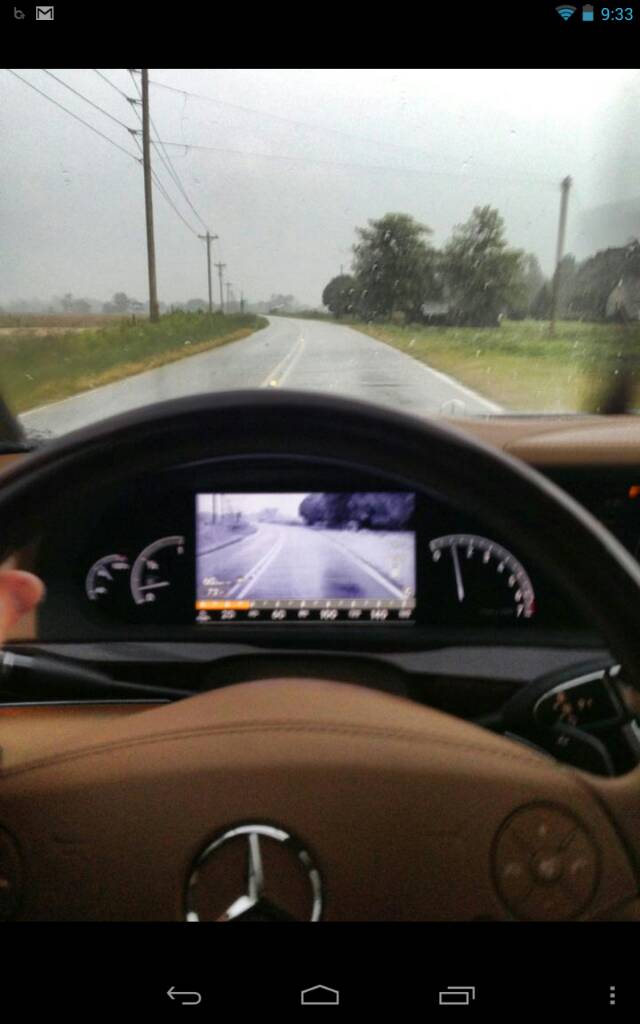Jay,
What you want is available RIGHT NOW since you've finally come to the dark side and are Experimental.
I'm certainly no expert and am willing to be corrected if I'm wrong, but I see a lot of information here that sounds incorrect or outdated to me. Commercial FLIR has made some significant progress recently. I would NEVER argue that this is as good as a $500,000 military system or that you should launch into IFR with nothing but FLIR, but there is some pretty amazing stuff out there that DOESN'T require active cooling, that CAN be overlaid on an EFIS and that is, in aviation terms, pretty dang thrifty.
First, for a commercially available, non-actively cooled FLIR camera from FLIR systems, see
http://www.opticsplanet.com/flir-pathfindir-30-hertz-nightvision-thermal-ntsc-camera.html. You're looking at $2,500 for an uncooled, commercial grade and easily aviation adaptable FLIR camera.
Bolt that on to a Grand Rapids EFIS and you have:
Picture courtesy of Grand Rapids -
http://www.grtavionics.com/hxscreenshots.html
The FLIR system is available for certified aircraft too for something like $10k-$15k but I can't find reference now. That money doesn't get you EFIS integration, but rather a separate screen kind of like what Jay was looking for originally.
For those of us in the Experimental world, we can put in and entire FLIR system linked to our complete EFIS for that kind of money. If you're not looking to spend that kind of cash, you can roll your own for something around $3,000 after considering mount, fairing and cheap PAL composite monitor.





